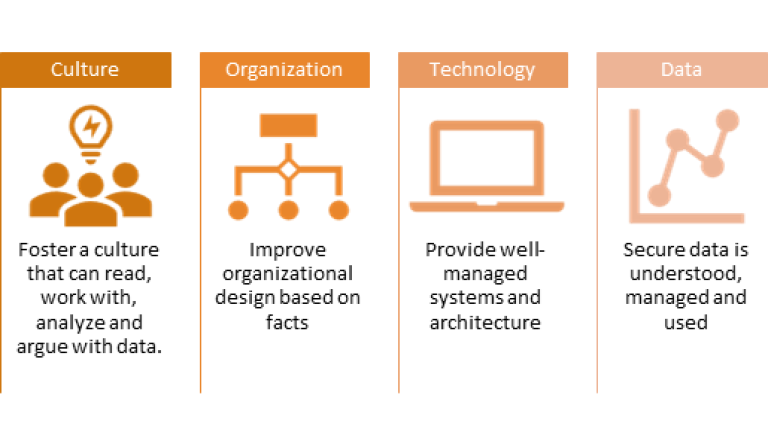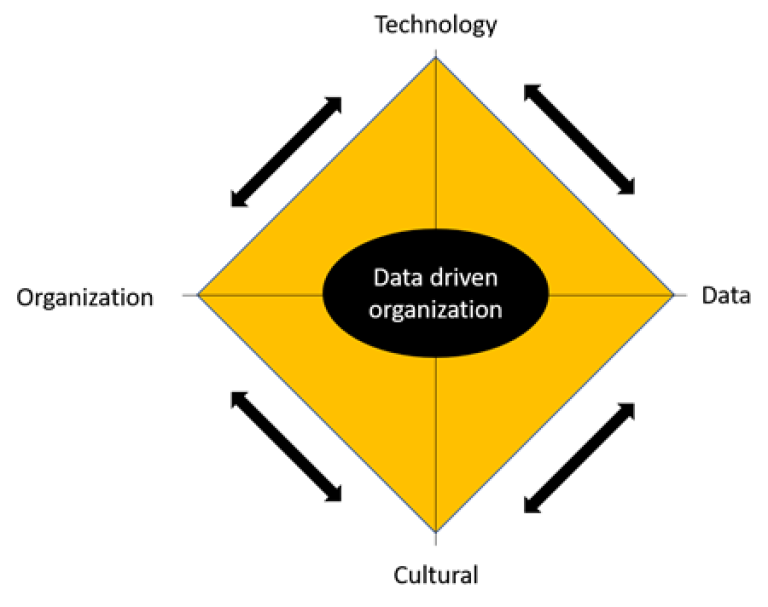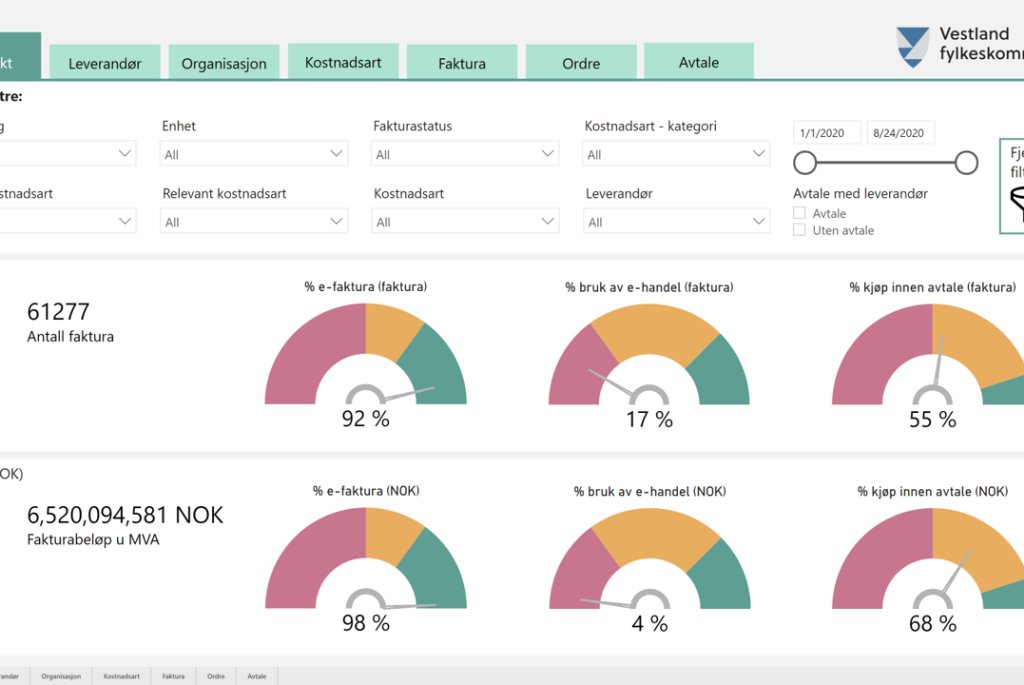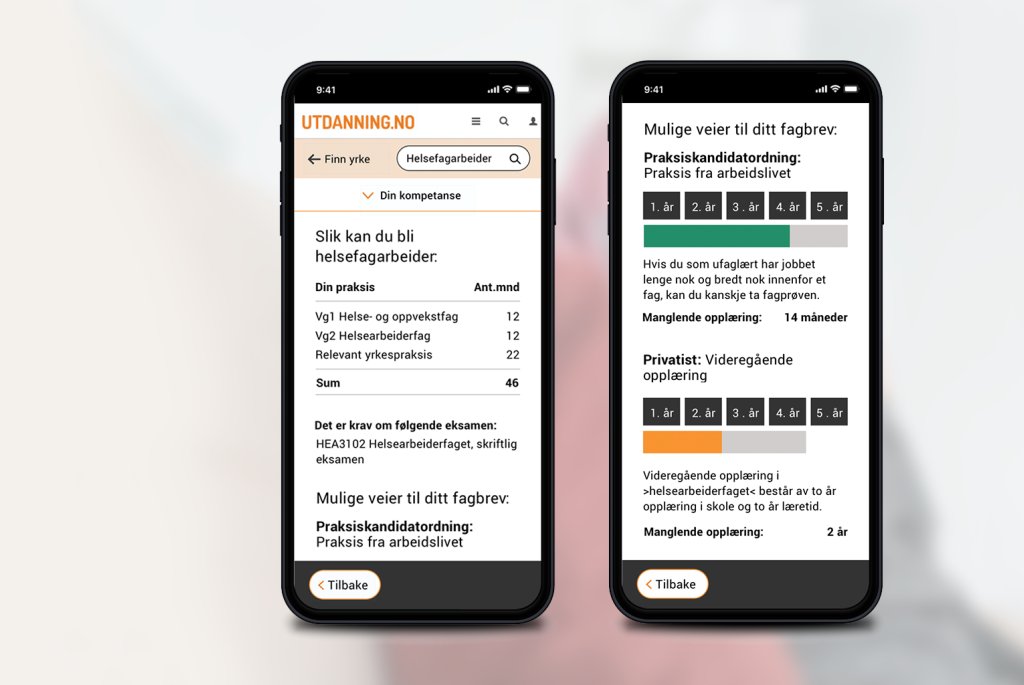How to operate a data-driven organization
The current Covid-19 crisis led to an increased number of digitalization initiatives and projects, which accelerated the digital transformation towards data-driven organizations.

You can find the other articles by following the links below:
Article two: How to choose the right technology?
Article tree: How to create a data-driven culture?
Article four: How do you get your ducks in a row?
Bill Schmarzo defined Digital Transformation in 2017, in his time as CTO at EMC as “the application of digital capabilities to processes, products, and assets to improve efficiency, enhance customer value, manage risk, and uncover new monetization opportunities.”[1] This is an outstanding definition, though one of many.
As-is to To-be
Digital Transformation has been greatly described throughout the entire last decade and beyond, and has emerged as one of the key buzzwords in the Tech-world. The transformation progress focuses on the change from As-is to To-be. It progresses an organization into a state of constant change, to ultimately become a data-driven organization.
To fully embrace digital transformation, an organization must focus on how to capture, integrate, share, and utilize data during all operations. It is all about how to incorporate quality data into the systems, spread the use of integrating data and advanced analytics throughout the organization, and ensure the value of all reporting. At this point a data-driven organization has emerged, an organization that leverages the potential from the data gathered from all aspects of the business to gain faster, more relevant insights, base decisions on data, and ultimately to deliver products and services faster which are more adapted to the customer needs. The data-driven organization is the product utilizing the value of the digitalization project(s).
Focus on the quantity of data as well as quality
The data-driven term arises from the well-known DIKW pyramid (data-information-knowledge-wisdom). Although data is the lowest element that gives much less business value than knowledge, it is fundamental to create any insight.
If data is understood, managed and used to that end, an organization needs to have focus on the quantity of data as well as quality, this includes several aspects of data (4V).
To build an organization that acknowledges the power of data in all end-to-end processes, the entire organization must adapt to value it’s data and remove barriers such that employees can accelerate their daily work. This includes:

Once these four elements come together a data-driven organization can emerge. But to operate an organization the elements need to interact dynamically and consistently.

A lot of articles on this subject shed light on how to get started with a project [2]. We will in a series of articles, like to focus on concepts and thoughts about how to operate this data-driven organization. We will reflect on the interface between the four elements, illustrating how culture and organization needs to be linked, how technology and data interact, how a data-minded culture arises and how an organization can shape technology.
References
[1]https://www.cio.com/article/3199030/what-is-digital-transformation.html
[2]https://www.cmswire.com/digital-workplace/cmswires-top-10-digital-transformation-articles-of-2019/





